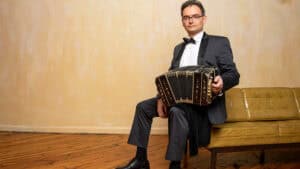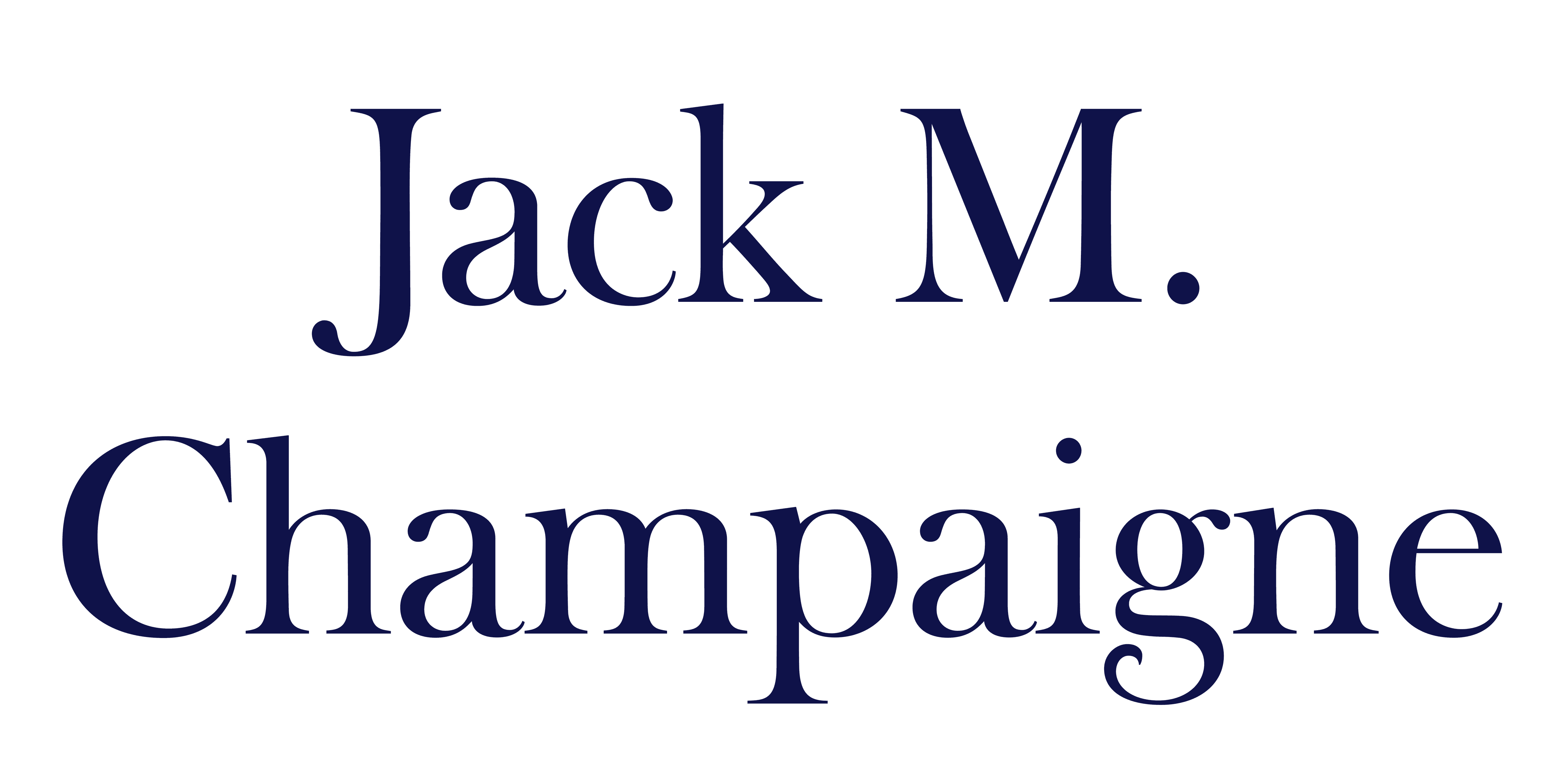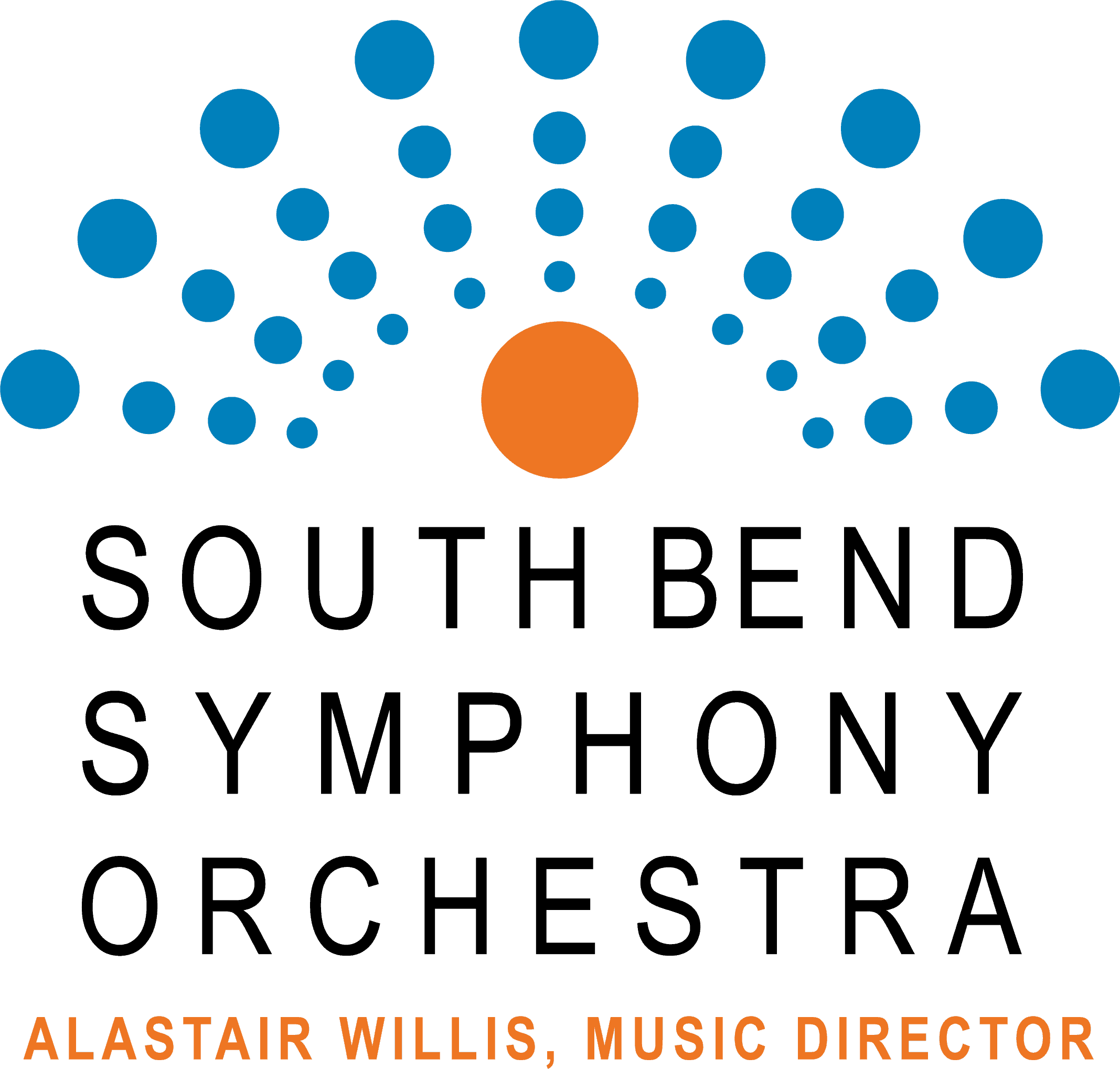April 12, 2025 / 7:30 p.m.
Indulge in an unforgettable musical journey as Vaughan Williams’ Fantasia on a Theme by Thomas Tallis enchants with its ethereal beauty, Piazzolla’s Bandoneon Concerto as it captivates with its passionate rhythms, and Bartók’s Concerto for Orchestra as it showcases the virtuosity of each section of the orchestra, blending folk influences with modernist complexity with guest bandoneon player, Hector del Curto.
Program
VAUGHAN WILLIAMS
Fantasia on a Theme by Thomas Tallis
PIAZZOLLA
Bandoneón Concerto “Aconcagua”
I. Allegro marcato
II. Moderato
III. Presto
– Intermission –
BARTOK
Concerto for Orchestra
I. Introduzione
II. Giuoco delle coppie
III. Elegia
IV. Intermezzo interrotto
V. Finale
Program Notes
Fantasia on a Theme by Thomas Tallis
RALPH VAUGHAN WILLIAMS
Born: October 12, 1872, Down Ampney, Gloucestershire
Died: August 26,1958 (Hannover’s Terrace) London
Composed: 1910
Premiered: September 6, 1910, Gloucester Cathedral, Three Choirs Festival
Duration: 13 minutes
When rising from the bed of death, O’erwhelmed with guilt and fear, I see my Maker face to face, O how shall I appear?
It was these words from a Thomas Tallis hymn that Ralph Vaughan Williams saw after being asked to edit the English hymnal in 1906. They stuck with him so much that, in 1910, after being commissioned to write a piece for the prestigious Three Choirs Festival at Gloucester Cathedral, he paid homage to this composer whose work had inspired him for so long.
Thomas Tallis’ (1505-1585) legacy as a composer is one of the first true masters. Born in 1505, he (along with contemporary William Byrd) was the most important English composers of the Tudor era and heavily influenced later composers such as Bach. Tallis’ music was often concerned with musical modes, and this theme, which Vaughan Williams used, is based on the third, or Phrygian, mode. At the time of Tallis’ writing of his work, the modes were considered to have character and/or moods, with the third being full of rage and anger, which Tallis sought to exemplify in his work.
Despite the characterization given to the Phrygian mode in the 16th-century, Vaughan Williams’ treatment of the theme is quite serene. This treatment stands as a testament to the modern treatment of the musical modes (with no intrinsic emotional content) and to the nature of Tallis himself, whose epitaph reads “a mild and quiet sort (O happy man).”
Bandoneón Concerto – “Aconcagua”
ASTOR PIAZZOLLA
Born: March 11, 1921
Died: July 4, 1992
Composed: 1979
Premiered: 1979, Ensemble Musical de Buenos Aires, Washington, D.C.
Duration: 22 minutes
Astor Piazzolla’s Bandoneón Concerto, also known as “Aconcagua,” is a dynamic synthesis of tango and classical forms, casting a profound influence on contemporary music. This three-movement concerto exemplifies Piazzolla’s innovative spirit and mastery of the bandoneón, an instrument he initially resisted but ultimately revolutionized.
The first movement opens with a powerful, rhythmically intense tango, propelled by harp and percussion underpinned by commanding string chords. Piazzolla crafts a vivid musical narrative, including a lyrical central section and two cadenzas, driving the movement to a triumphant conclusion. The soloist’s entry is immediate and compelling, embodying Piazzolla’s distinctive blend of intensity and virtuosity.
In the second movement, the bandoneón takes center stage with a tender, introspective melody, soon joined by the harp in a delicate duet. This movement contrasts gentle, lyrical passages with moments of heightened agitation, ultimately returning to the serene opening theme, highlighting Piazzolla’s nuanced emotional expression.
The finale was initially composed for the soundtrack of “Con alma y Vida,” combines danceable, streetwise tango elements with sophisticated compositional techniques. Piazzolla adds a “Melancolico Final,” blending a tuneful, tender tango with a final burst of rhythmic energy, showcasing his ability to seamlessly merge traditional and contemporary styles.
Piazzolla described his approach succinctly: “I give them a tango so the erudite know that when I want, I can write like them, and when I want, I can do my thing.” The Bandoneón Concerto epitomizes this philosophy, bridging the gap between classical music and tango and demonstrating Piazzolla’s enduring influence on both genres.
Concerto for Orchestra
BELA BARTOK
Born: March 25, 1881, Nagyszentmiklós, Austria-Hungary (Kingdom of Hungary)
Died: September 26, 1945, New York, New York
Composed: 1943 rev. 1945
Premiered: December 1, 1944, Symphony Hall, Boston, Massachusetts
Duration: 38 minutes
Bela Bartok was at a low point in his life from 1943-44. He was in poor health and would soon be diagnosed with leukemia, which would prove fatal soon after. Further, two years earlier, he left his home in Hungary fleeing the perils of the Second World War and was now in the United States. Though out of harm’s way, he felt like a stranger in a foreign land and longed to return to his home and his oldest son, who he was forced to leave behind. It then surprised Bartok when, while recovering in the hospital, Serge Koussevitzky, conductor of the Boston Symphony Orchestra, wanted to commission a work from the composer in memory of his late wife. Bartok was wary of accepting this commission given his condition but was bolstered by Koussevitsky’s belief in him and his desire to honor the memory of Koussevitzky’s wife. What resulted was undoubtedly Bartok’s most famed and accessible work, the Concerto for Orchestra.
Many may wonder why it is called a “concerto” for orchestra. After all, concertos typically involve a soloist of some sort. Bartok almost called this work a symphony, and it is likely the closest thing to one that he wrote in his lifetime. However, his reasoning for this title is neatly explained in a snippet from the premiere’s original program note by Bartok himself, “The title of this symphonylike orchestral work is explained by its tendency to treat the single orchestral instruments in a concertant or soloistic manner.” Simply put, every instrument must do the equivalent of a concerto’s worth of work.
The first movement begins with a solemn, slow building in the double basses, expanding into the orchestra at large. Many believe it evokes Bartok’s “Night Music,” which feels eerie and reminiscent of nature at night. The second movement is a lively scherzo that parades instruments in front of the listener two by two and is recapitulated with counterpoint from the rest of the orchestra. The third movement takes the “Night Music” concepts presented in movement 1 and drives them to a higher degree with a new eerie accompaniment from the strings and harp. Movement 4 is a parody of Shostakovich’s Symphony No. 7, “Leningrad,” which Bartok despised. He uses a theme directly from the symphony in a mocking manner. The last movement begins with a cheeky theme forming in the horns, which quickly evolves into a hurricane of sound that will leave listeners in awe.
Hector Del Curto, Bandoneon

Hector Del Curto, praised by the New York Times as a “splendid player,” is a Grammy-winning musician, composer, and educator renowned as one of the world’s leading bandoneonists. Born in Buenos Aires, he became “Best Bandoneon Player Under 25” in Argentina at age 17 and joined Osvaldo Pugliese’s orchestra. He has performed with top orchestras, including the Metropolitan Opera Orchestra and the Boston Symphony. His recent engagements feature Piazzolla’s Aconcagua with the Boston Symphony and Four Seasons of Buenos Aires with the Indianapolis Chamber Orchestra. Del Curto founded the Eternal Tango Orchestra and Tango Quintet, with albums Eternal Piazzolla and Eternal Tango profiled by BBC News. His collaborations include Astor Piazzolla and Plácido Domingo, and he won a Grammy with the Pablo Ziegler Trio. He co-founded the Stowe Tango Music Festival, serving as artistic director and producing the award-winning album “Live at the 2016 Stowe Tango Music Festival.”
Meet the Musicians Here!
Sponsors


